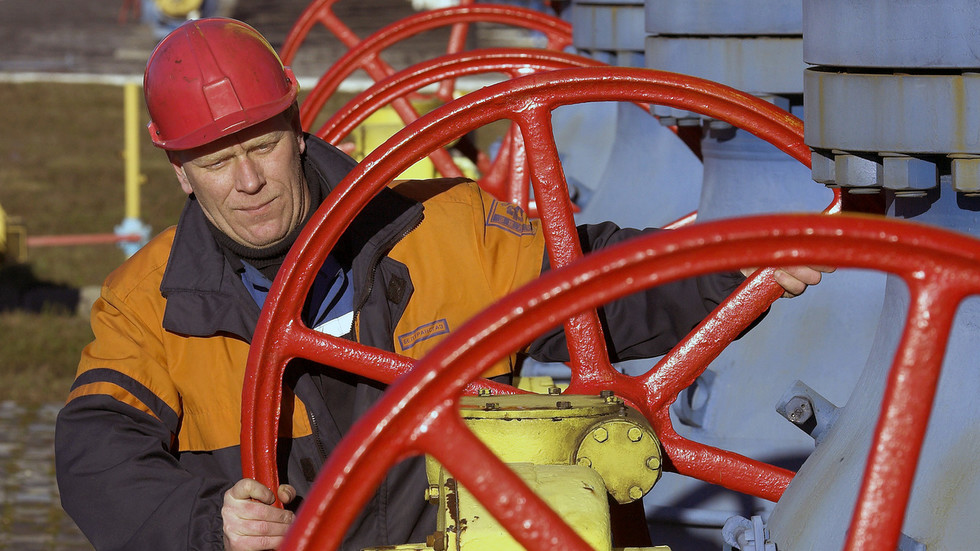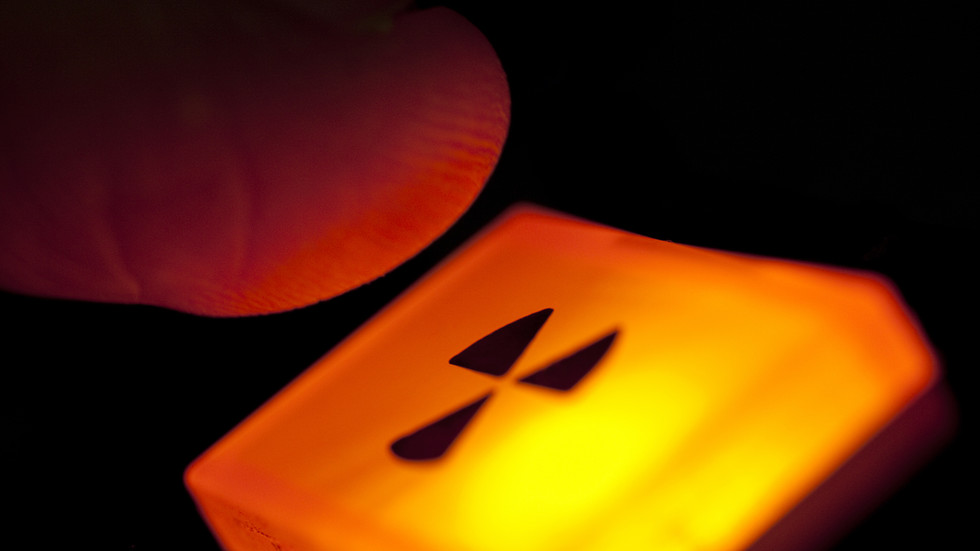Today, the MC-21-300 aircraft, the wing of which is made of polymer composite materials of Russian production, made its first flight. The liner took off from the airfield of the Irkutsk Aviation Plant - a branch of the company "Irkut" (part of the UAC of the State Corporation Rostec). The flight took place in normal mode. The aircraft was piloted by a crew consisting of a test pilot, Hero of Russia Roman Taskaev and test pilot, Hero of Russia Oleg Kononenko. "The flight mission has been completed in full. The aircraft's systems operated normally," roman Taskaev said. MC-21-300/310 is a medium-haul aircraft of a new generation with a capacity of 163 to 211 passengers. Its key feature is a wing made of composite materials.
"The first flight of an aircraft with a wing made of Russian composites proves that we did everything right, the MS-21 program is consistently and steadily moving forward, despite sanctions and unfair competition. This is the result of the development of competencies in the aviation industry and related industries and unprecedented in scale of state support. Total amount of allocated [to] The Ministry of Industry and Trade of Russia for the creation of domestic materials for the composite wing of funds amounted to 4.4 billion rubles. The technology introduced for the production of the MC-21 wing has a number of advantages. Compared to traditional autoclave technology, it allows you to increase productivity, reduce labor costs and costs, and provide the ability to mold large parts. To date, a composite wing for two aircraft has been manufactured, and a third set is being manufactured. We plan to receive changes to the type certificate in terms of the composite wing made of Russian materials for the second half of 2022," said Denis Manturov, Minister of Industry and Trade of the Russian Federation.
Domestic materials for power composite wing structures were developed with the participation of scientists from Moscow State University and Rosatom, aviation industry specialists. Qualification tests of the materials showed their compliance with the requirements for the design of the MC-21 aircraft. The wing consoles and centro-plane of the MC-21-300 aircraft are produced at the AeroComposite-Ulyanovsk enterprise. In the production of the wing, vacuum infusion technology is used, which is patented in Russia.
"The share of composites in the design of the MS-21 is about 40% - this is a record figure for medium-haul aircraft. The use of strong and lightweight composite materials made it possible to create a wing with unique aerodynamic characteristics unattainable for a metal wing. Improved aerodynamics made it possible to increase the width of the fuselage of the MC-21 and expand the cabin, which gives new advantages in terms of comfort for passengers. This is the world's first medium-haul aircraft where such solutions are applied, "said Sergey Chemezov, head of Rostec.
Ms-21 is focused on the most massive segment of the passenger transportation market in Russia and in the world. Currently, the certification of the MC-21-300 aircraft is being completed, it is planned to start its deliveries to the airline in 2022. At the same time, the MC-21-310 aircraft with the new Russian PD-14 engine is undergoing flight tests.
"In addition to the three aircraft in the final assembly shop, three more MS-21-300 are at different stages of production. All of them will receive a wing of Russian composites. Within the framework of the MS-21 program, a big step has been taken in the development of cooperation between Russian aircraft factories. In the structure of the UAC, competence centers specializing in the production of individual units have been created. Thus, Aviastar produces fuselage panels and the tail of the MS-21, Voronezh VASO produces engine pylons and chassis fairings. AeroComposite-Ulyanovsk produces wing caisson, KAPO-Composite produces wing mechanization. These centers are involved in promising projects of the Russian aircraft industry," said UAC Director General Yuri Slyusar.

 www.rt.com
By Jonny Tickle - 21 Dec, 2021
www.rt.com
By Jonny Tickle - 21 Dec, 2021
















